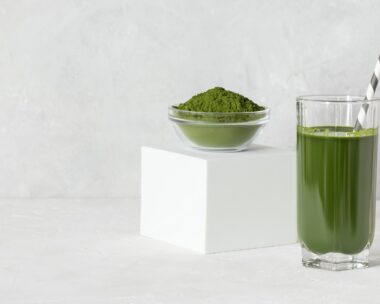If you ever read food labels, you may have stumbled upon gelatine (or gelatin), as it is a common food additive used to thicken food substances. Find out all about gelatine, and its alternatives.
What is gelatine?
Gelatine is a substance that originates from the bones and skins in animals. Believed to have originated in Western Europe and the United Kingdom in the 17th century, it was discovered when someone noticed that the cooking liquid used to boil meat for soup gelled upon cooling. It is found in some gummy lollies, marshmallows, jelly desserts, and some low-fat yoghurt.
Gelatine is typically produced in a powdered or granulated form. Slightly yellow to light tan in colour, it is a rather tasteless and odourless substance. Gelatine is commonly used in making jelly-like desserts, such as panna cotta. However, the usefulness of gelatine goes beyond that. Gelatine works like a starch and thickening agent. Consequently, gelatine is very useful as an additive to foods that are marketed as low-fat, or fat-free. In vitamins and medicines, gelatine can be used as a coating to cover a bitter taste or as a capsule to contain the powders.
Is gelatine bad for you?
Gelatine offers little real nutritional value. It is a poor source of protein and is low in essential amino acids.
However, some people try to avoid gelatine because it is not vegetarian or due to religious beliefs. If you are one of those people, you should know what common foods contain gelatine.
Gelatine alternatives
Gelatine is hard to avoid because it’s in so many things: medicines, lollies and even photographic film. If you want to avoid eating gelatine, you need to ensure you read the label and look out for gelatine or artificial thickening agents.
There are plenty of plant-based gelatine substitutes, such as agar-agar and carrageenan (both made from seaweed), guar gum, xanthan gum, arrowroot powder and cornflour.




